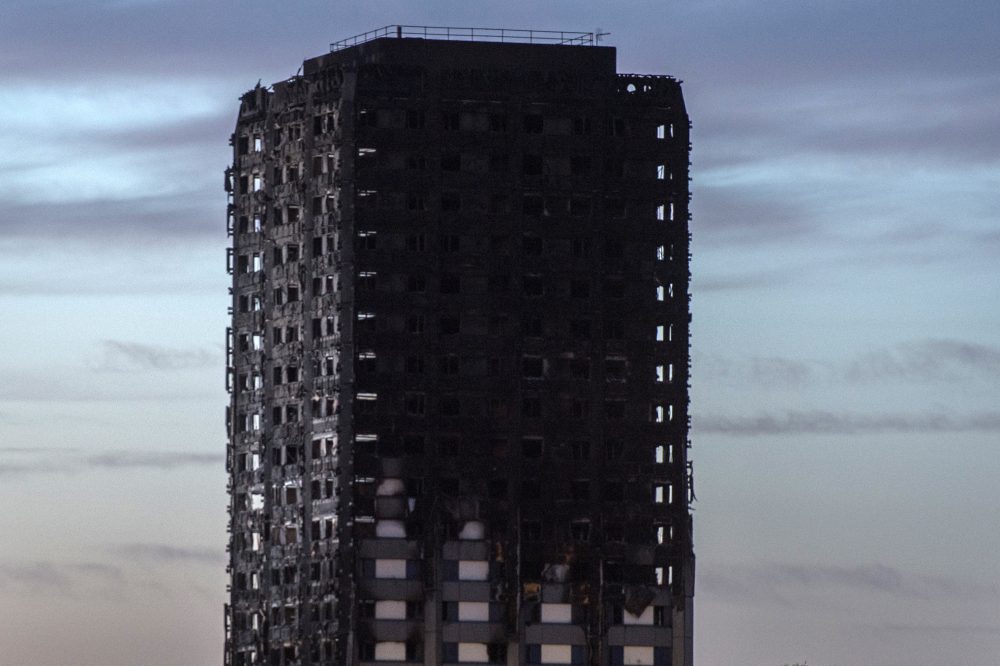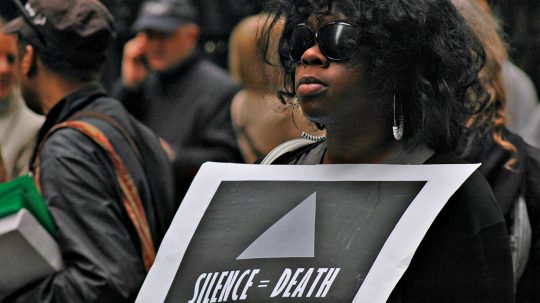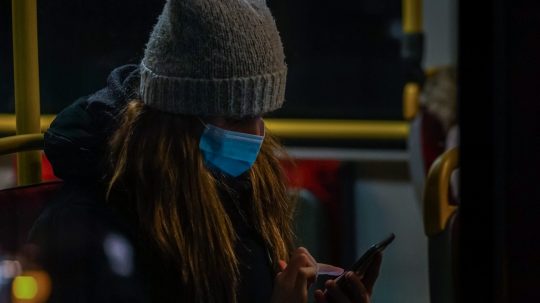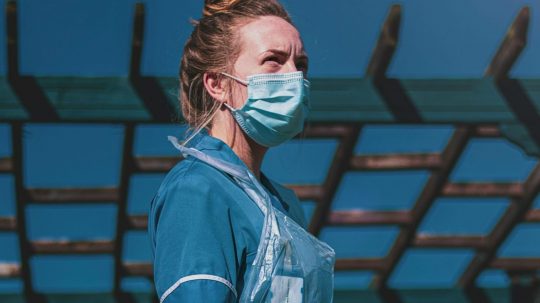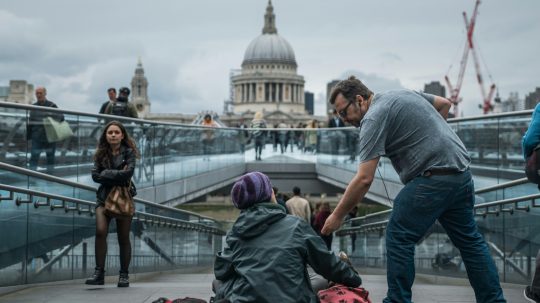The Government’s announcement of a public inquiry into the Grenfell Tower fire has been met with cynicism by a community that doubts whether the authorities will tell the truth or be held accountable. So what sort of investigation can we expect into this terrible event, which has left more than 70 dead?
How does the right to life help?
Article 2 of the Human Rights Convention – the right to life – requires that the state must protect the lives of its citizens. This means that the Government must provide effective services and legal protections to keep people safe – for example well-funded emergency services, and building and fire regulations that ensure properties are not dangerous. Local councils must also make sure that their buildings are safe for the people living in them.
However, as well as an obligation to protect life, Article 2 also contains a positive obligation to investigate. This means that where someone dies through the actions or inactions of the state, or when in the state’s control, a proper investigation must be held. Caselaw developed by the Human Rights Court requires that any such investigation must…
- be independent;
- effectively involve the victims’ families;
- be subject to public scrutiny;
- be prompt; and
- be effective.
Public Inquiry or Inquest?
Some people have been demanding that the Grenfell deaths should be the subject of inquests, not an inquiry. They fear that a Government-led inquiry would not be sufficiently independent to uncover the truth.
However, the requirements of the Human Rights Convention and Human Rights Court mean that any investigation would have to be prompt, open, independent and effective. Failure to meet those requirements would leave the inquiry open to challenge.
INQUEST, the organisation that has been helping victims of the bereaved since 1981 has stated that they consider a public inquiry would better achieve the aims of the victims and their families. They point out that the scope of an inquest is fairly narrow – namely to address who died, where they died, when they died and how they died, including the circumstances in which they died. A public inquiry can go much wider, with “a broader discretion, greater powers and greater resources to address all relevant issues that arise, including the prevention of future deaths in similar circumstances.”

What will the inquiry cover?
The aim of a public inquiry is to look at the broad causes of a disaster. The Grenfell inquiry is likely to look at the decisions made by the Government, the local council and the building managers, to determine what when wrong and what lessons can be learnt from this appalling tragedy.
The form of the inquiry and its remit is yet to be determined. However, it will need to be chaired by someone independent and impartial, be open to the public, and properly involve the victims’ families (probably making them ‘core participants’). To ensure they are able to participate, the government will need to provide them with funding for legal representation.
There are limits to an inquiry. Neither an inquest nor an inquiry can find anyone guilty: only criminal investigations can do that. Writing in The Guardian, lawyer Louise Christian pointed out that, “By law a coroner cannot proceed with the substantive part of an inquest until any criminal investigation has concluded. But a public inquiry is not hampered in the same way.”
Whatever happens now, the Human Rights Act provides rights and protections that the victims’ families can use to try to get justice and accountability for their loved ones. And to ensure that what happened at Grenfell never happens again.
Image: Grenfell Tower Memorial Site: Catholic Church England and Wales Flickr
Want to read more about some of the things here?
- Take a look at this infographic on the right to life
- Find out what the Human Rights Act is
- Read our explainer on public inquiries

